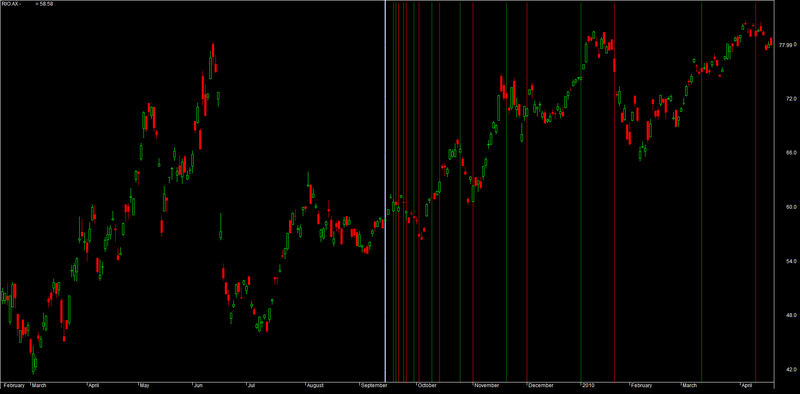Learn How to Use Fibonacci Time Zones for Maximum Profit

Imagine you could predict when a certain stock would experience a high or low. Imagine you could use this information to buy or sell stocks at the perfect time.
You can!
Fibonacci time zones give traders the ability to do just that. In this article, we’re going to teach you how to use Fibonacci time zones for maximum profit. So whether you’re a beginner or a seasoned trader, read on for tips and information that will help you succeed in the markets.
Introduction to Fibonacci Time Zones
The Fibonacci Time Zone tool is a powerful way to identify high-probability trading zones.
It does this by taking into account the natural rhythms of the market, which are governed by Fibonacci numbers. By aligning yourself with these rhythms, you can enter and exit trades with a high degree of accuracy and confidence.
Let’s take a closer look at how it works.
Benefits of Using Fibonacci Time Zones
Fibonacci time zones have been successfully used by traders for generations. By following the Fibonacci time zones, you can increase your chances of making a good profit from your trades.
There are several benefits to using Fibonacci time zones. One of the most important benefits is that you can use them to identify high and low-probability trade entry points. This can help you to maximize your profits and minimize your losses.
Another benefit of Fibonacci time zones is that they can be used to identify when a market is about to reverse direction. This information can help you to enter a trade at the right time, maximizing your profits from the trade.
Tools Used to Identify Fibonacci Time Zones
In order to identify Fibonacci time zones, you’ll need to use three tools:
1. The Fibonacci sequence
2. A calculator
3. A pen and paper
The Fibonacci sequence is a numerical pattern that occurs throughout nature. It’s found in the growth of plants, the shape of galaxies and within our own DNA. The sequence is made up of a series of numbers where each number is the sum of the previous two. So, 0, 1, 1, 2, 3, 5, 8, 13, 21, 34 … and so on.
To find Fibonacci time zones on your chart, you’ll need to use a calculator to divide the length of the time frame in question by the Fibonacci sequence. For example, if you’re looking at a five-day chart and want to find the next Fibonacci time zone, divide 5 by 3 (the first two numbers in the Fibonacci sequence) to get 1.6666666666667. This number is your next Fibonacci time zone.
Once you’ve found your Fibonacci time zones, you can mark them on your chart with a pen and paper.
Tips on Trading With Fibonacci Time Zones
Now that you’ve got a bit more knowledge on the basics of Fibonacci Time Zones, let’s talk about what this tool has to offer in terms of trading. There are a few key tips that can help you make the most out of your trades with Fibonacci Time Zones.
First and foremost, remember that Fibonacci Time Zones is all about forecasting when there may be a shift in market sentiment. So it’s important to keep an eye on the current price action and use Fibonacci Time Zones to anticipate when there might be a price direction change.
Another tip is to use small time frames along with the Fibonacci Time Zones chart. Doing so will allow you to get more detailed market data, which can help you make better decisions when trading with this tool.
Also be sure to always use stops on your trades, both for long positions and short positions. This can help you minimize losses if the trend reverses unexpectedly or if the market sentiment suddenly changes direction.
Popular Strategies for Fibonacci Trading
One of the most popular strategies for Fibonacci trading is to use the Retracements and Extensions levels in combination. By combining both these levels, you can observe potential entry and exit points that may occur when the price retraces or extends beyond one of the lines.
Retracements are effective for smaller time frames like the hourly and four hour charts, while extensions are better suited for daily and weekly charts. In order to gain maximum profit, you can look out for convergences or divergences between the retracement and extension levels as they can help you identify possible trend reversal zones.
It is also recommended to add a Fibonacci curve on your chart right after an uptrend or downtrend ends, so that you can easily identify the key resistance or support zones where major price movements occur. This helps traders to enter positions at optimal times with low risk, while still taking advantage of potential long-term trends in the market.
Conclusion
Take some time to learn about Fibonacci Time Zones and how you can use them to your advantage. They can be a great tool for maximizing profits. Just remember to be patient and do your research before making any decisions.